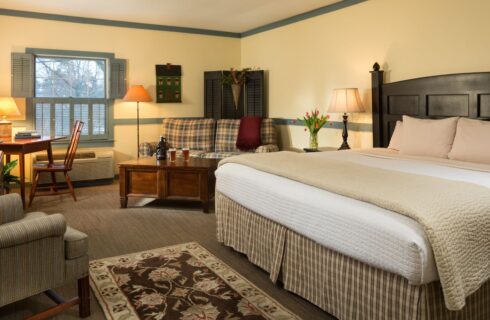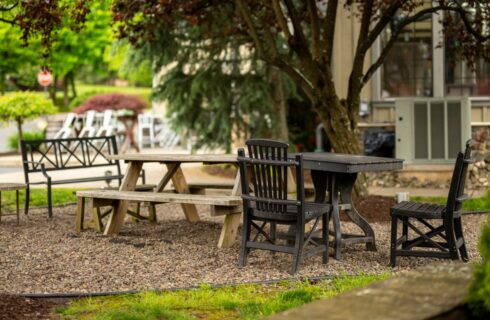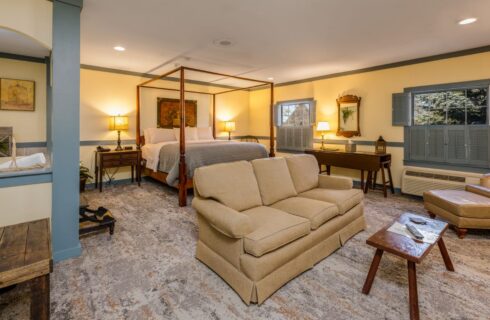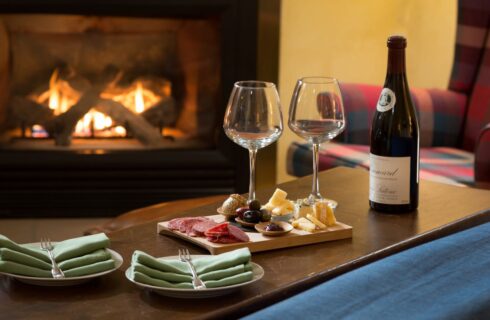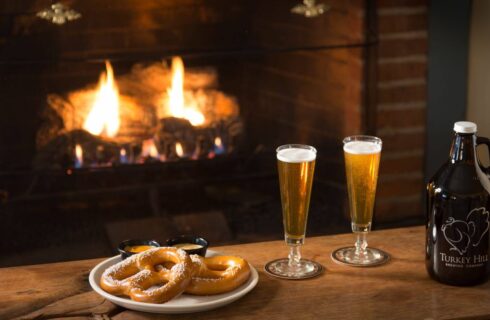Our Blog
 Chic & Serene: A Sophisticated Luxury Weekend for Girls
Chic & Serene: A Sophisticated Luxury Weekend for GirlsA luxury weekend with your closest gal pals is sometimes exactly what the soul craves. Instead of the stress of airports or
... more Exploring the Top Farmers Markets near Bloomsburg PA
Exploring the Top Farmers Markets near Bloomsburg PAUpdated for 2025. Farmers markets near Bloomsburg, PA, offer fruits and vegetables at their peak of freshness. It’s one of
... more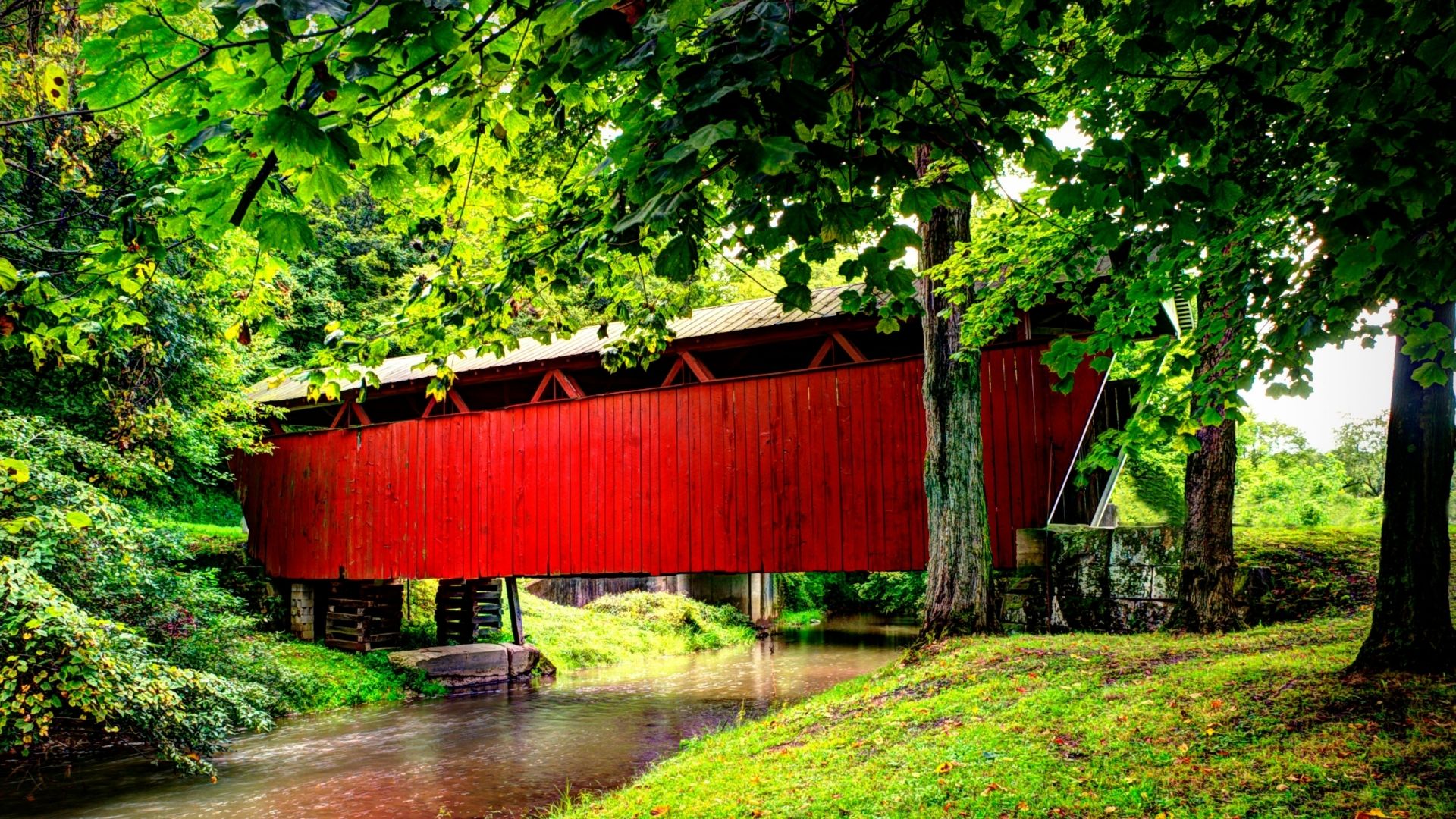 Your Guide to Covered Bridges near Bloomsburg, PA
Your Guide to Covered Bridges near Bloomsburg, PADriving through Columbia and Montour Counties in eastern Pennsylvania brings the charm of covered bridges to life. With over
... more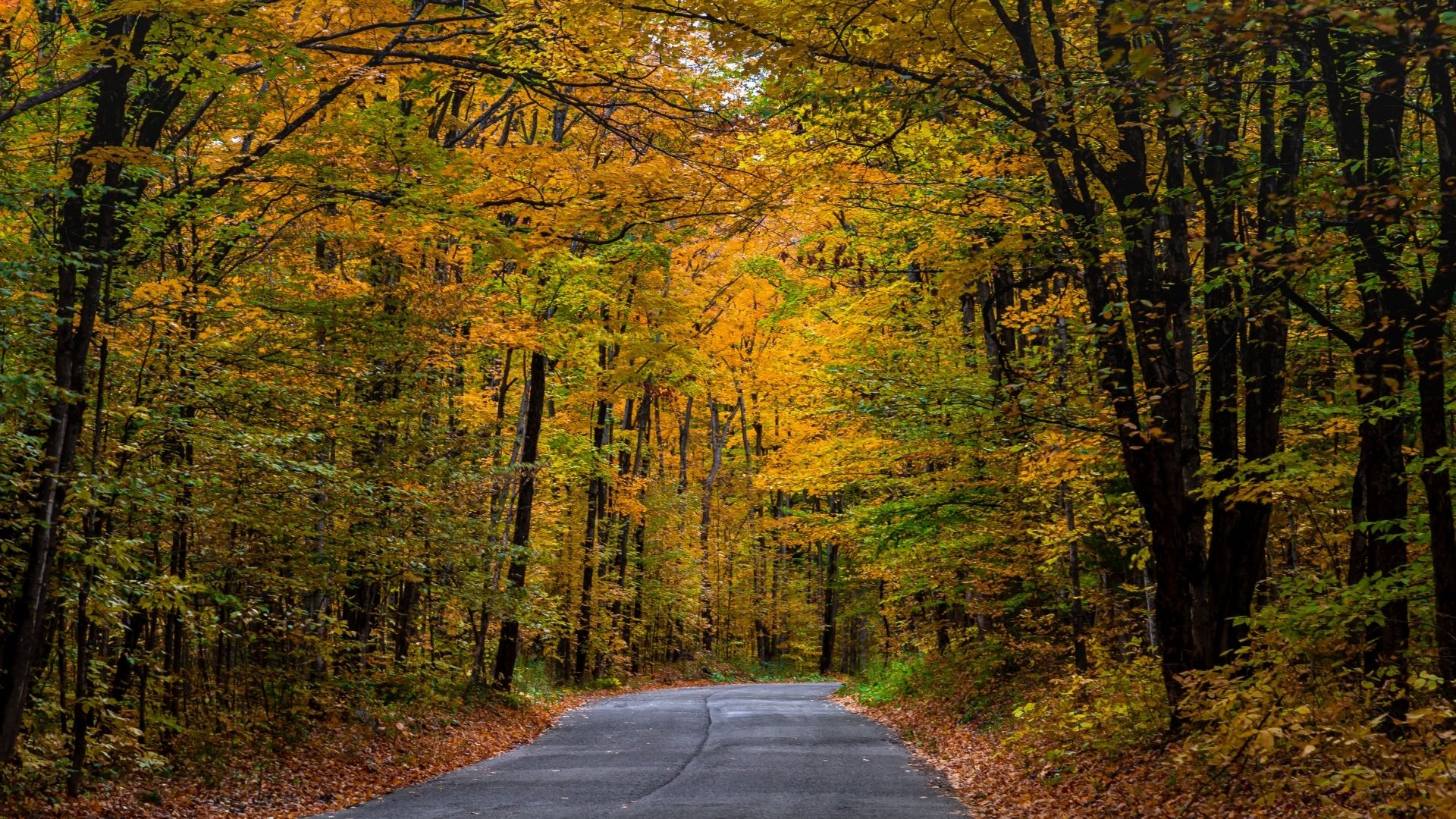 Chasing Autumn Colors: Fall Foliage Drives and Hikes in Central PA
Chasing Autumn Colors: Fall Foliage Drives and Hikes in Central PAOctober is the best month to experience bright fall foliage in Central Pennsylvania. Guests staying with us can set out on
... more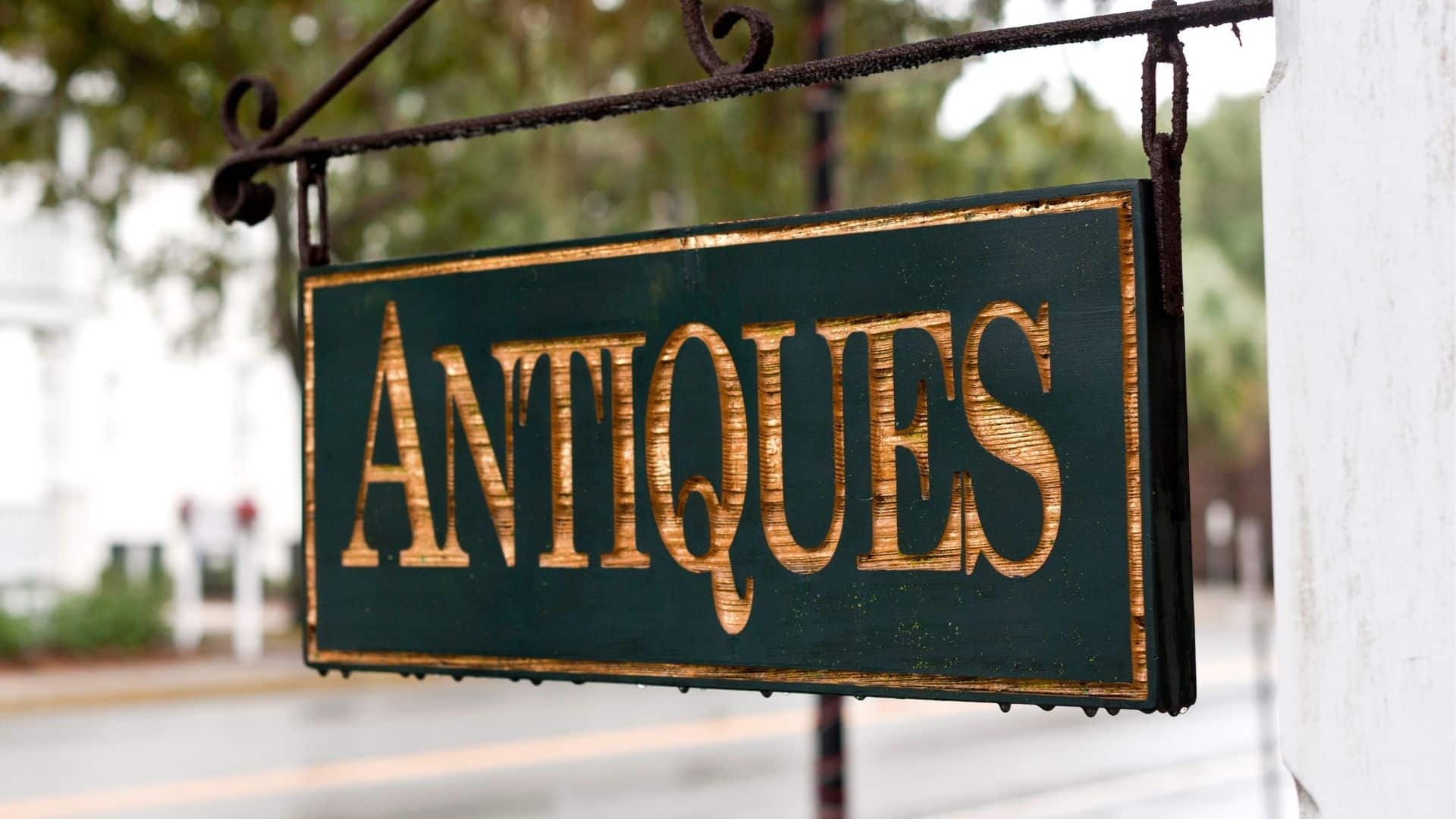 Best Antique Shops in Columbia County PA
Best Antique Shops in Columbia County PAUpdated Aug 2025. Visit the best antique shops in Columbia County, PA, on the ultimate treasure hunt. What will you
... more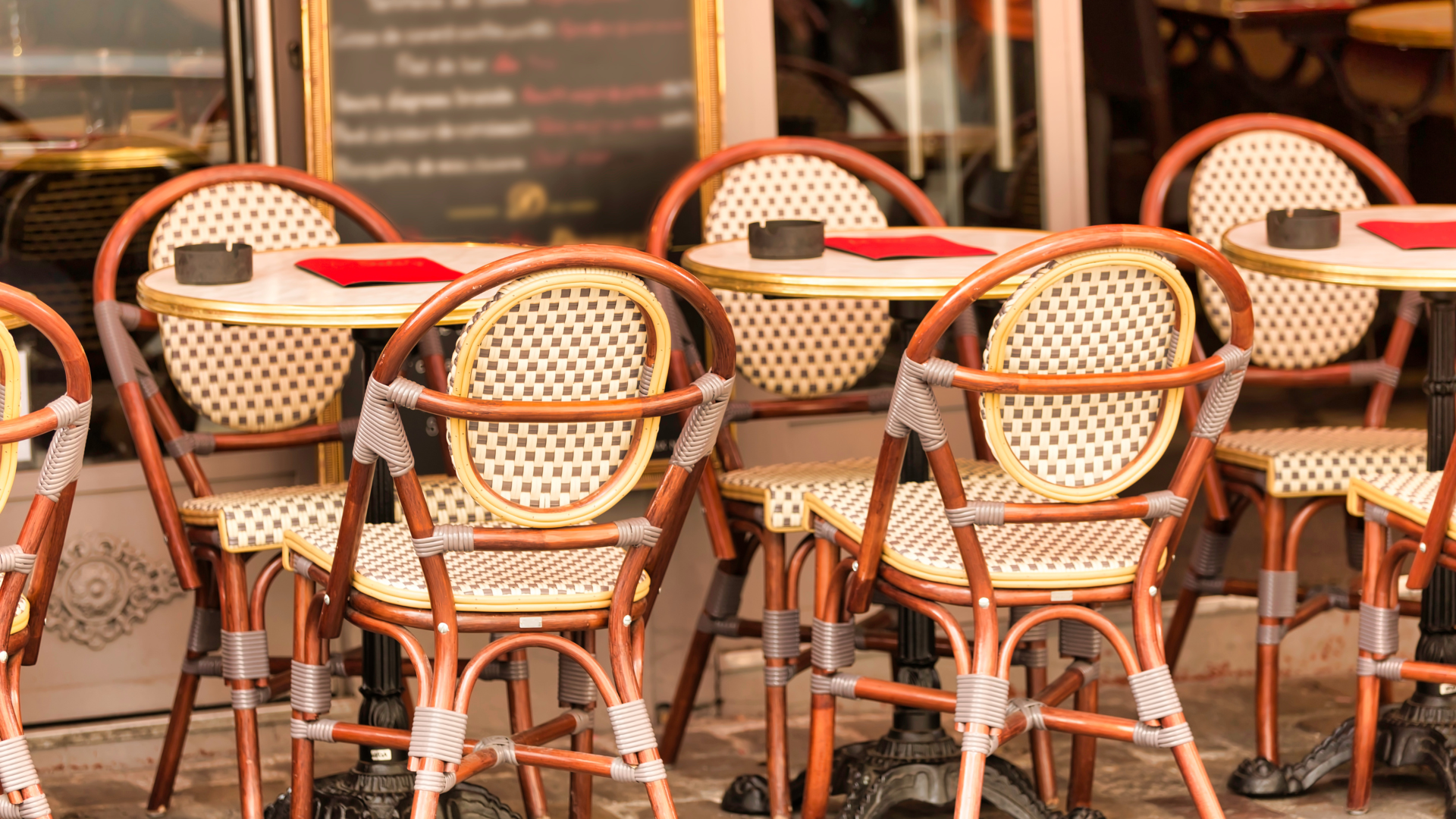 Unforgettable Culinary Experiences and Food in Bloomsburg
Unforgettable Culinary Experiences and Food in BloomsburgBloomsburg, Pennsylvania’s heart, is a college town and a hidden culinary gem worth exploring. Bloomsburg’s culinary
... more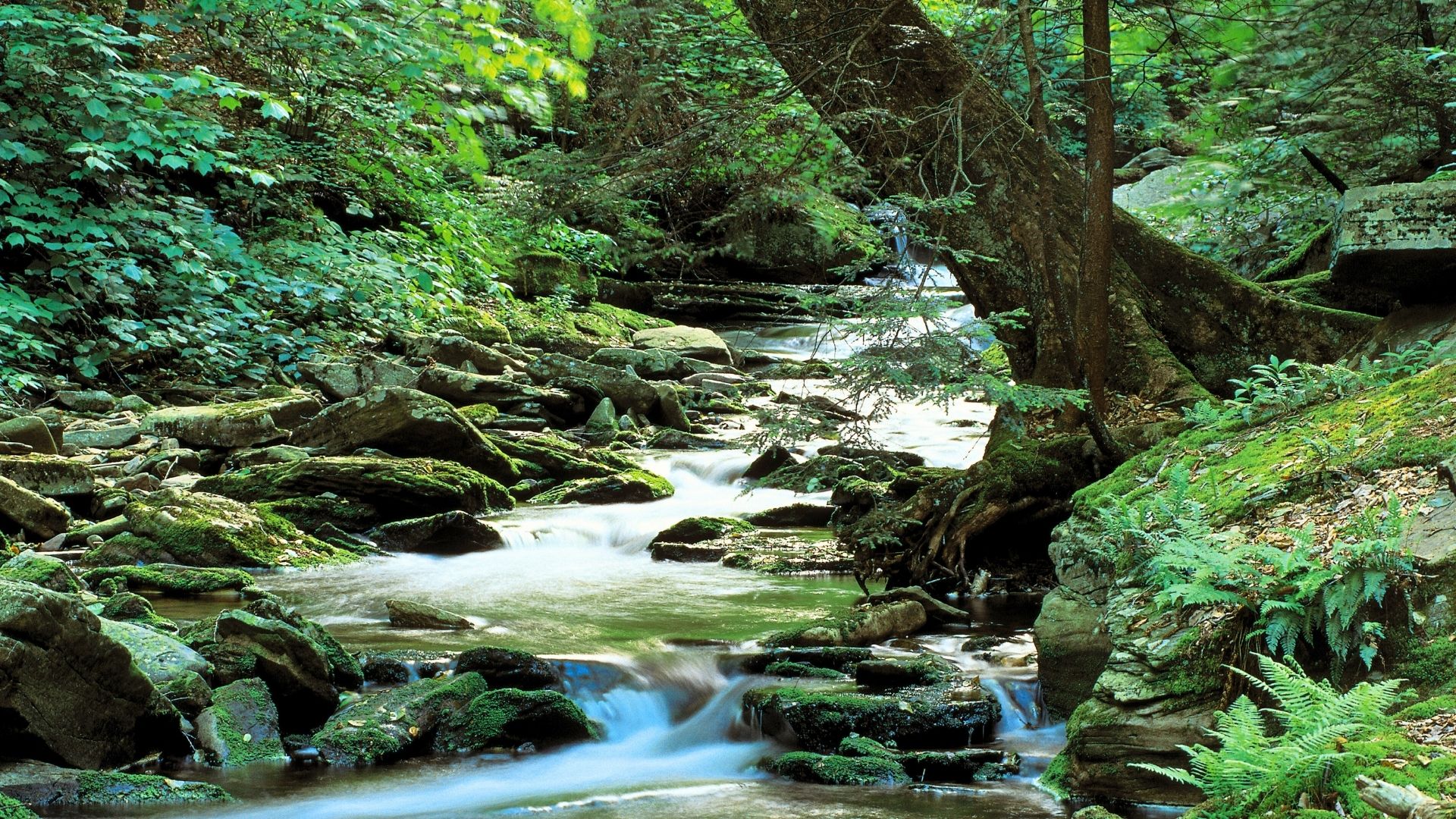 Your Guide to Ricketts Glen State Park Trails
Your Guide to Ricketts Glen State Park TrailsThere are plenty of things to do in Ricketts Glen State Park, including swimming, fishing, camping, and boating. The most
... more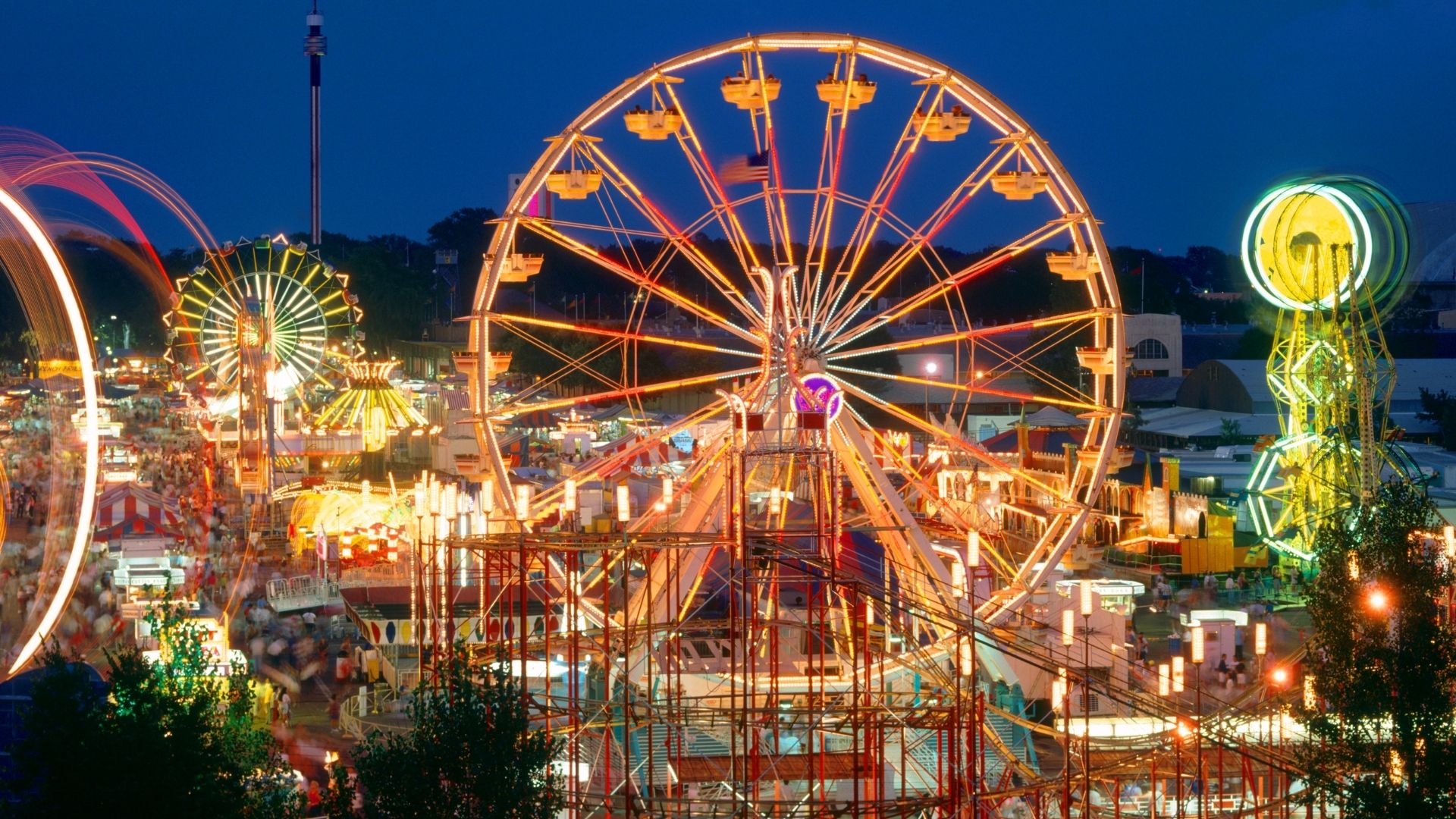 Fall Activities Near Bloomsburg PA
Fall Activities Near Bloomsburg PAUpdated for 2025. With the changing leaves, we’re geared up for so many fall activities near Bloomsburg, PA. Experience
... more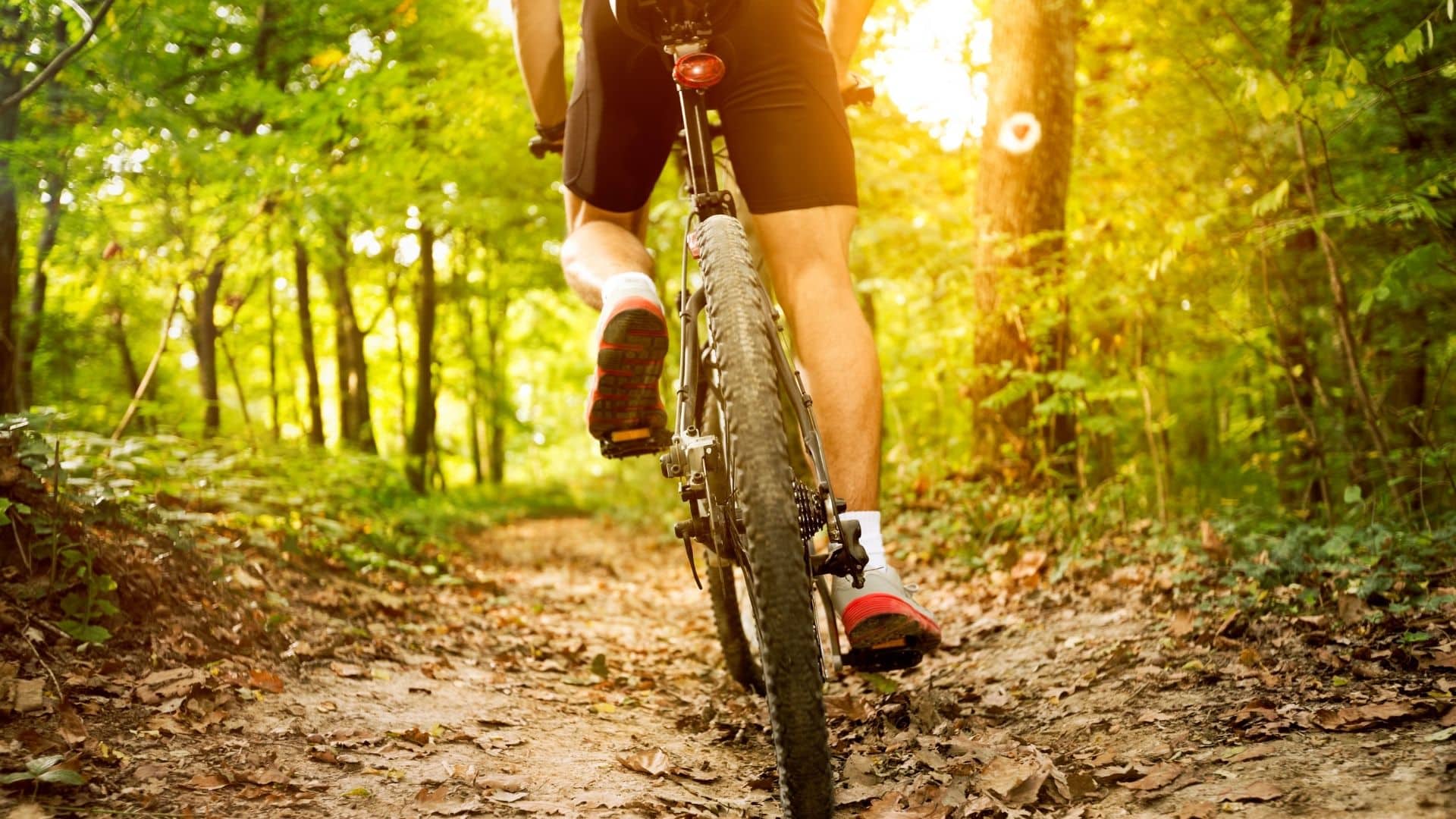 Best Biking Trails around Bloomsburg PA for Any Level
Best Biking Trails around Bloomsburg PA for Any LevelHere are the best biking trails around Bloomsburg, PA for any level, from beginner to experienced mountain biker. The
... more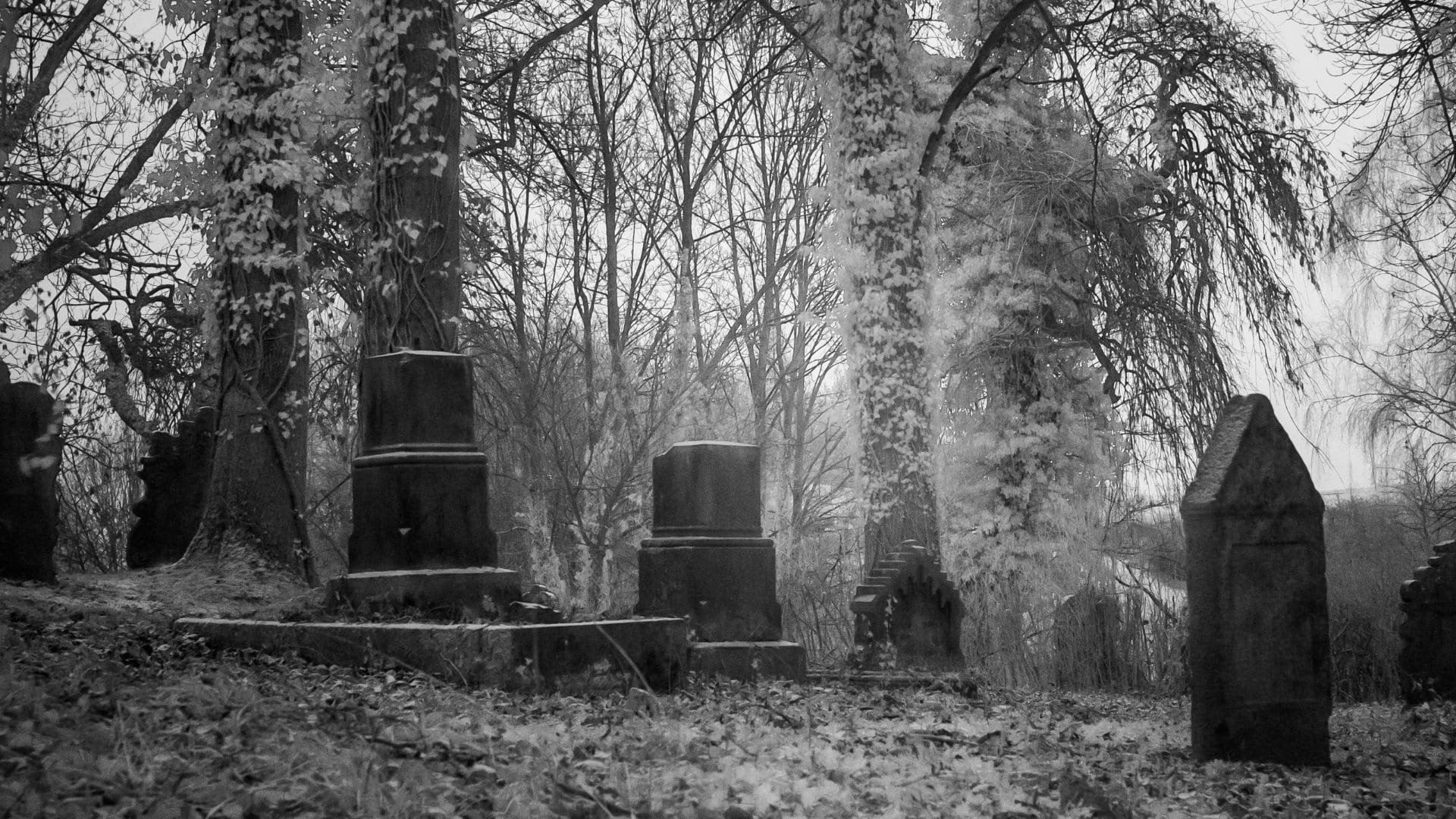 Haunted Places in Pennsylvania’s Susquehanna Valley
Haunted Places in Pennsylvania’s Susquehanna ValleyAccording to legends, Pennsylvania’s Susquehanna Valley may be haunted by many ghosts from past centuries. They have been
... more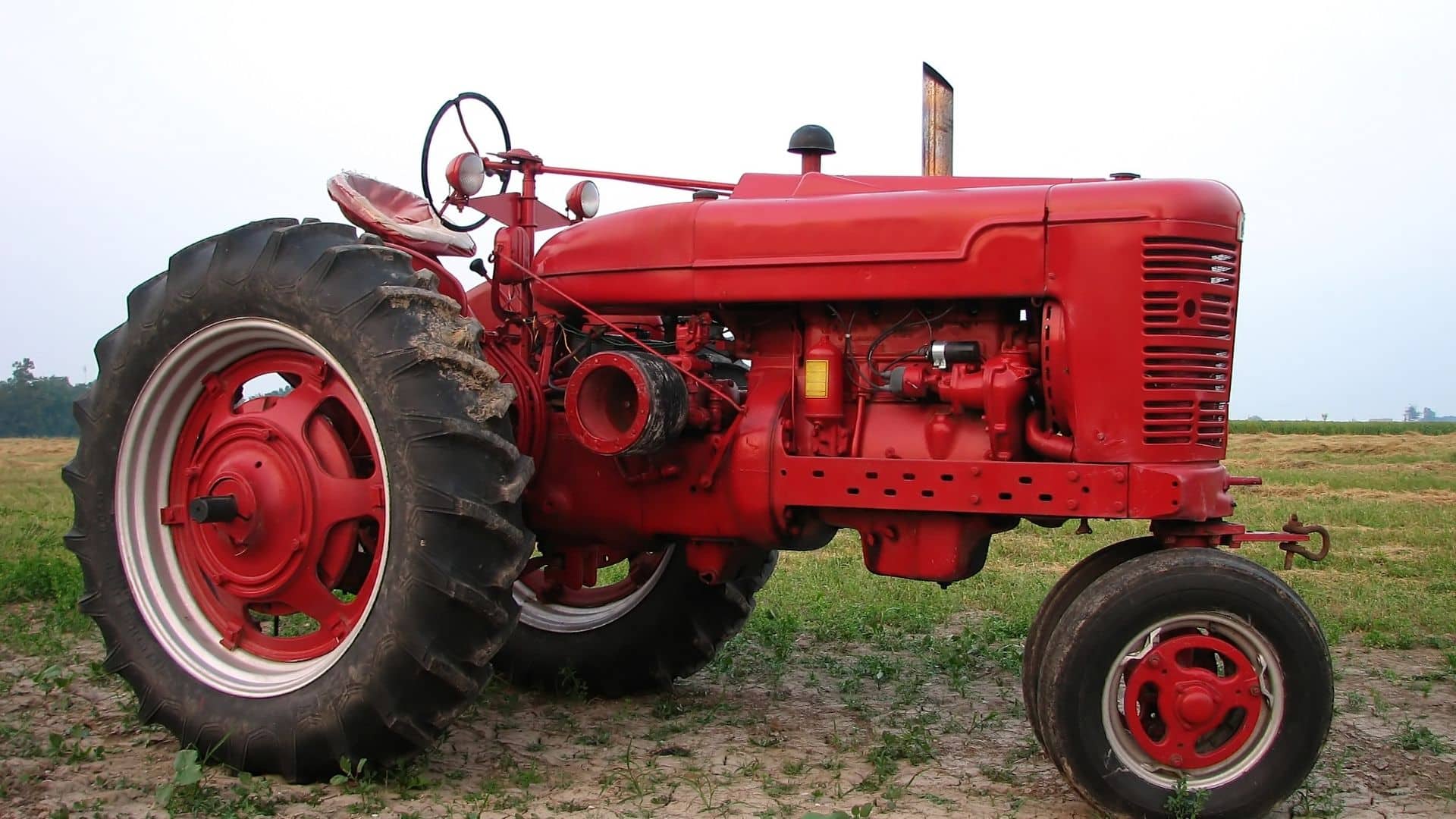 International Harvester Museum: Mid Century Modern Icon
International Harvester Museum: Mid Century Modern IconColumbia and Montour Counties’ Summer Heritage Passport highlights some less known cultural and heritage buildings near
... more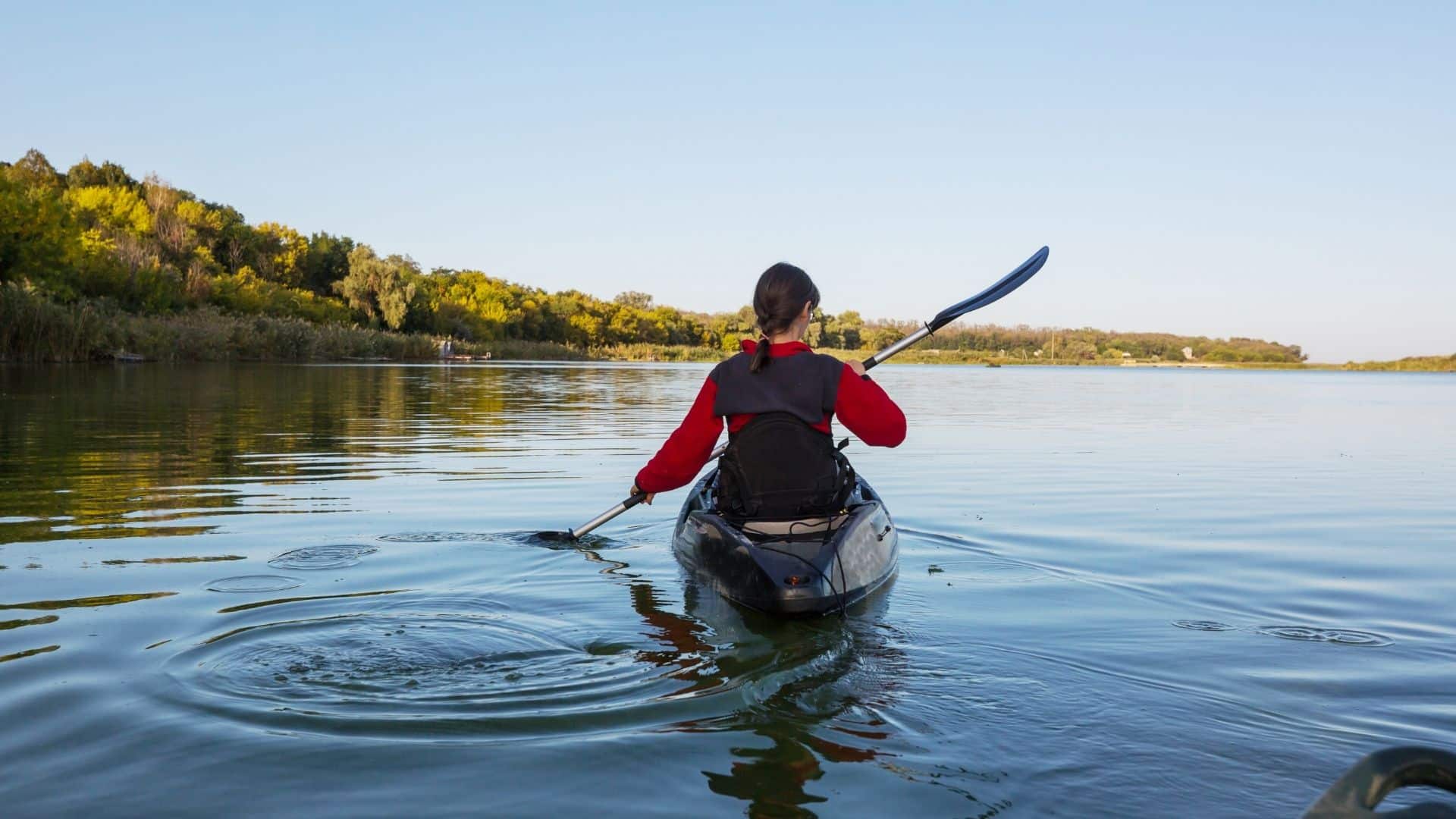 A Fun Summer Adventure — Kayaking the Susquehanna near Bloomsburg PA
A Fun Summer Adventure — Kayaking the Susquehanna near Bloomsburg PANothing is more cooling on a hot summer day than paddling down a river. Why not try kayaking the Susquehanna near
... more
